As a Fitness and Nutrition Consultant, I’m excited to introduce you to Cannonball Squats, a versatile exercise that packs a punch for leg strength and stability.
Whether you’re a fitness enthusiast looking to spice up your routine or a beginner eager to explore new exercises, the Cannonball Squat is a wonderful exercise to include in your regimen.
What Are Cannonball Squats?

Cannonball Squats are a variation of the traditional squat that adds an exciting twist.
In this exercise, you’ll perform a standard squat with an explosive jump at the end, bringing your knees up towards your chest, resembling a cannonball formation.
This dynamic movement engages multiple muscle groups simultaneously, making it an efficient and challenging workout.
- For beginners, performing 5-10 reps for 4 sets 3 times a week is recommended.
- For intermediate-level athletes, performing 11-20 reps for 4 sets 3 times a week is recommended.
- For advanced level athletes, performing 20+ reps or more for 4 sets, 3 times a week is recommended.
How to Practice Cannonball Squats Correctly?
You can perform a cannonball squat with 100% accuracy by following the following steps. This is how I do it.
1. Stand Tall and Breathe
Begin by standing up straight with your shoulders relaxed. Take a deep breath in to prepare.
Feet Close Together: Keep your feet close together, with your heels almost touching. This is called a narrow stance.
2. Turn Your Toes Outward
Ensure that both of your toes are pointing slightly outward, away from each other. This helps with balance and proper form.
3. Start Bending Your Knees
Begin to lower your body by slowly bending your knees. Imagine sitting down in a chair; it’s a similar motion.
4. Breathe Out Gently
As you lower yourself, exhale slowly and steadily. This helps you control your movement and maintain balance.
5. Add Resistance
You can use a weighted vest or hold a dumbbell close to your chest to make the exercise more challenging. This will increase the resistance and work your leg muscles harder.
6. Push with Your Quadriceps
Now, push through your quadriceps (the front thigh muscles) to raise your body back up. Imagine pushing the floor away with your feet.
7. Return to Starting Position
As you straighten your legs, return to the starting position, standing tall with your feet close together.
8. Repeat the Movement
Repeat this squatting motion several times while maintaining the same pattern. Focus on your form and control throughout each repetition.
Precautions:
Here are some precautions that you must take for practicing the Cannonball squats:
1. Balance Adjustment
If you find maintaining balance during the exercise challenging, it’s okay to lean forward slightly.
This can help you feel more stable and avoid tipping backward.
2. Maintain a Straight Back
It’s crucial to keep your back in a straight line throughout the movement.
This means your spine should remain aligned from your head to your tailbone. This helps prevent strain and injury.
3. Knee Care
Take special care not to put undue stress on your knees. Your knees should not go beyond your toes as you lower yourself.
Doing so could potentially harm your knee joints. Keep them in line with your toes or slightly behind.
4. Breathing
It’s essential to continue breathing regularly throughout the exercise.
Don’t hold your breath; this increases tension and makes the exercise less effective. Instead, maintain a natural and steady breathing rhythm.
Cannonball squats: Breathing pattern
When you’re about to start your Cannonball Squat workout, it’s essential to follow a consistent breathing pattern to help you perform the exercise effectively and safely.
1. Inhale Before You Begin
As you stand up straight and prepare to perform a Cannonball Squat, take a deep breath. This breath serves as your initial breath intake before the movement.
2. Exhale While Going Down
As you lower your body into the squat, exhale slowly and steadily.
This controlled exhale helps you release the air from your lungs as you descend, assisting in maintaining balance and stability.
3. Inhale as You Push Up
When you start to push yourself back up to the starting position, take another deep breath in.
This inhalation provides fresh oxygen to power your muscles as you rise.
4. Repeat the Pattern
Continue this breathing pattern throughout your entire Cannonball Squat workout. Inhale before descending, exhale while going down, inhale before pushing up, and keep repeating this cycle.
This breathing pattern ensures that you maintain a steady oxygen flow to your muscles, enhancing your performance and helping you maintain control throughout the exercise.
It also aids in regulating your breath and can contribute to a more comfortable and practical workout experience.
What Muscle Groups Do Cannonball Squats Target?
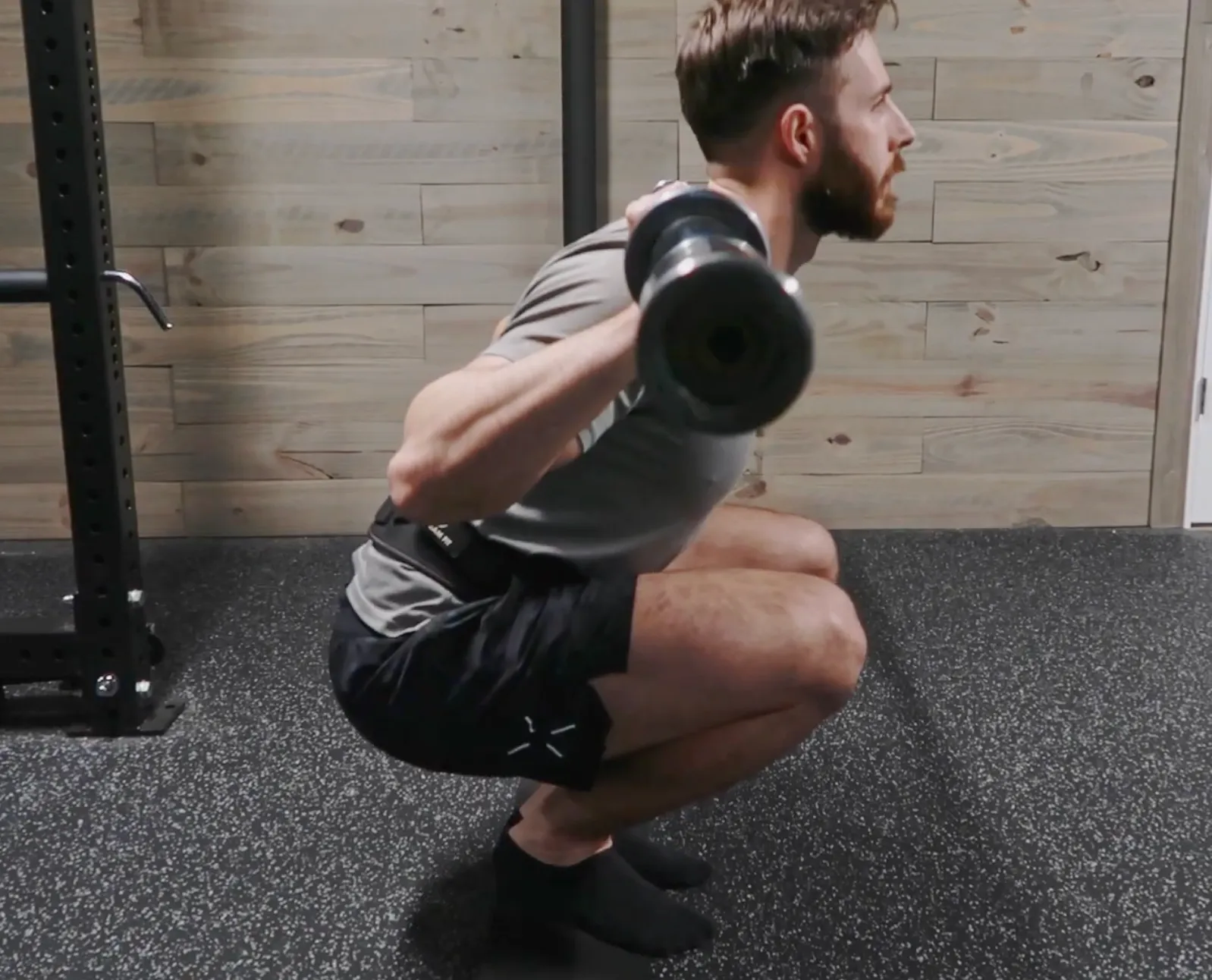
I’ve always been a fan of Cannonball Squats because they’re a fantastic bodyweight exercise for strengthening the legs.
What’s great about them is that they target a wide range of leg muscles correctly.
Here’s a breakdown of the muscle groups that get a workout when you practice Cannonball Squats:
1. Quadriceps (especially the inner ones)
These are the muscles at the front of your thighs, and Cannonball Squats can really help you tone and strengthen them, especially the inner portions.
2. Calves (both front and back)
Not only do these squats work the calf muscles in the back, but they also engage the front calf muscles. So, you get a well-rounded calf workout.
3. Glutes
Your glute muscles, which are your buttocks, get a good workout during Cannonball Squats. This can help shape and strengthen your rear end.
And here’s a bonus: Cannonball Squats also target a few more muscle groups, such as:
4. Hamstring muscles
These are the muscles at the back of your thighs, and they get engaged in this exercise.
5. Lower back
Your lower back muscles play a supporting role during these squats, helping you maintain proper posture.
6. Core
Your core muscles, which include your abdominals, also come into play as you stabilize yourself during the squatting motion.
Now, here’s a neat trick: if you decide to use a dumbbell while doing Cannonball Squats, you can even work on your shoulder muscles in addition to the leg muscles. It’s like a two-in-one workout!
So, with regular practice of Cannonball Squats, you can tone and strengthen all these muscle groups.
It’s a versatile exercise that targets various areas of your lower body and even gives a little love to your shoulders if you fancy adding some weight to the mix.
Benefits of Cannonball Squats
These squats are like a hidden gem in leg workouts, and I’m here to break down their fantastic benefits.
Each one of them deserves a closer look.
1. Increase leg muscle endurance

You see, most people focus on strengthening their muscles but forget about something equally important – muscle endurance.
This is like your muscles’ ability to keep working without getting tired, like how long you can run before feeling worn out.
Now, let’s talk about Cannonball Squats. These squats really work your leg muscles hard.
They’re like a challenging workout for your legs! But here’s the cool part: if you do these squats regularly, you’ll notice something great – your legs improve at keeping up the hard work.
For example, Imagine hiking up a steep hill, and usually, your legs start feeling tired quickly.
But after doing Cannonball Squats regularly, you find that your legs can keep going, and hiking that hill feels easier. That’s your improved leg endurance showing up!
So, while making your muscles strong is awesome, don’t forget about endurance.
Cannonball Squats help you improve your muscle stamina, making your legs tougher and ready for any physical challenge.
2. Boosts Your Testosterone Levels

It is important to know that the health benefits of Cannonball Squats aren’t unique.
All leg exercises have a similar advantage – they can boost testosterone levels. This is precisely why skipping leg day at the gym is a big no-no.
Now, let’s talk about testosterone. It’s like one of the body’s growth superstars. It helps us build muscles, become stronger, have more energy, and even improve memory.
Think of it as a natural power-up for your body.
Here’s a real-life example:
Imagine you’ve been doing Cannonball Squats and other leg exercises regularly.
Over time, you notice that your muscles are growing, you’re feeling stronger, and you’ve got more energy throughout the day.
Your boosted testosterone at work makes you feel like a superhero!
3. Improves Balance
Cannonball squats help improve our static balance, just like Hindu squats do.
Now, when we talk about static balance, we’re talking about the ability to stay steady while not moving around.
It’s something that can become a bit tricky as we get older, especially after hitting our forties.
But here’s the interesting part: when we do Cannonball Squats, we’re basically bringing our legs together.
This means we’re working extra hard to keep our balance during the exercise. It’s like trying to stand on one leg without wobbling.
And guess what happens as a result?
Our static balance gets a significant boost! It’s like we’re giving our balance skills a little workout of their own.
Let’s say you’ve been including Cannonball Squats in your regular exercise routine.
Over time, you might notice that you’re not stumbling as much when you’re just standing or walking around. That’s your improved static balance showing off its skills!
4. Enhances lower body flexibility
One of the cool health perks of Cannonball Squats is that they can really boost the flexibility of our lower body muscles.
Here’s how it works: when we do these squats, we bend our knees and lower our body as much as possible before standing back up.
Now, think of this as a stretching and contracting workout for our lower body muscles.
It’s like they’re doing yoga – stretching out and then tightening up. And you know what this means? It leads to more flexibility!
Imagine you’ve been regularly doing Cannonball Squats.
Over time, you might notice that your lower body feels more limber and flexible. It’s like your muscles have become more elastic, allowing you to move easily.
5. Strengthens Knees
When we do Cannonball Squats and push our bodies upward during that upward movement, our knees play a significant role.
At first, when our knees aren’t super strong, it might be a bit challenging to get the hang of these squats.
But here’s the cool part: as we keep practicing them regularly, our knees start getting stronger, and we can perform these squats more smoothly.
Think of it like this: It’s similar to lifting weights at the gym.
It’s manageable when you start with lighter weights, but as you keep training, you gradually increase the weight because your muscles get stronger.
The same goes for Cannonball Squats – your knees become more powerful with practice.
Let’s say you’ve been consistent with your Cannonball Squat practice.
Over time, you’ll likely notice that your knees feel sturdier and more reliable. It’s like they’ve gone through their training program and become stronger on the other side.
6. Improves Digestion & Strengthens Core Muscles
You know, when we lower down in Cannonball Squats with both legs together, something interesting happens – it activates our abdominal muscles.
It’s like waking up those core muscles tucked away in our belly.
Now, here’s the cool part: when we work on our core muscles like this, it can actually help with digestion. It’s like giving our digestive system a little nudge to work more efficiently.
Let me give you an example.
Imagine you’ve been practicing Cannonball Squats regularly.
Over time, you might notice that you’re experiencing better digestion – less bloating, discomfort, and smoother digestion. It’s like your core is working in harmony with your digestive system.
7. Promotes Weight Loss
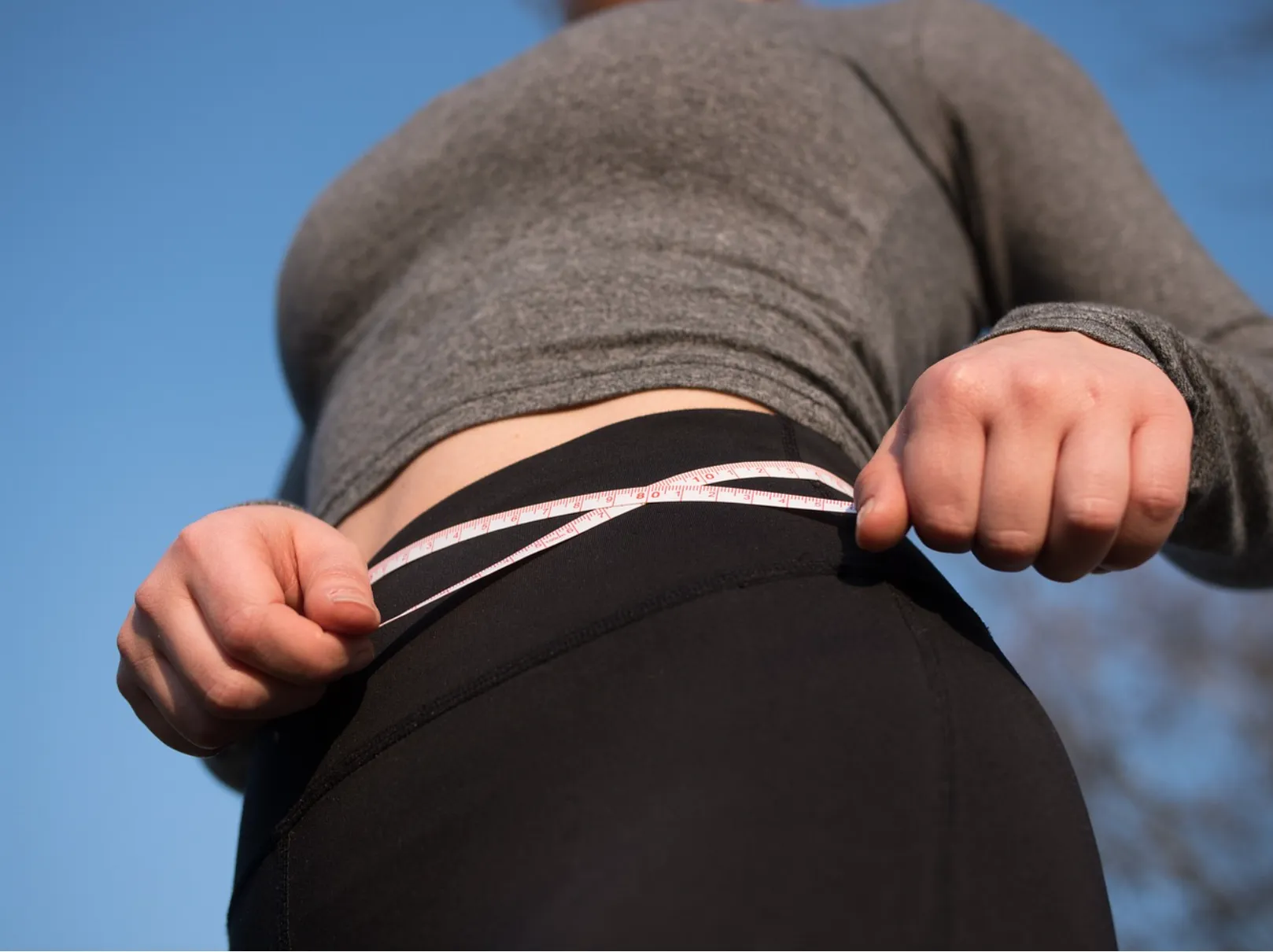
Even though Cannonball Squats are a part of my regular workout routine, I can tell you they’re no walk in the park – they demand a ton of energy to perform.
But here’s the fantastic side effect: all that effort burns a significant number of calories and helps shed those extra kilograms.
Think of it like this: It’s similar to going for a long hike. You start full of energy, and by the time you reach the end, you’ve burned a whole bunch of calories.
Cannonball Squats are like my mini hiking adventure during each workout session.
So, if you’re on a mission to lose weight and trim those extra kilograms, Cannonball Squats can be a powerful ally.
They’re like your calorie-burning buddies, helping you inch closer to your fitness goals with each squat.
How to Increase the Intensity of Cannonball Squats?
Cannonball Squats are undoubtedly a great exercise.
However, if you’re aiming for even better results, it’s essential to increase the intensity of your Cannonball Squats.
Now, you might be wondering how to do that. Well, don’t worry, I’ve got you covered! Here, I’ll share some practical ways to crank up the intensity of your Cannonball Squats.
1. Use the Hack Squat Machine in The Gym

If you’re hitting the gym, there’s a cool trick to make your Cannonball Squats even more challenging.
You can use a particular machine called a hack squat machine. It’s a secret weapon because it lets you add more weight, making your squats harder.
When you do these beefed-up squats using the machine, they’re often called “cannonball hack squats.”
But what if your gym doesn’t have one? No worries! You can also do these squats on a Smith machine, which works similarly.
But here’s the fun part: there are other ways to make your Cannonball Squats more challenging.
You can use a barbell for front or back squats, or you can wear a weighted vest.
You can even grab a kettlebell or a medicine ball to add extra weight. These options give you different ways to make your squats tougher and keep your workout exciting.
2. Use a Dumbbell
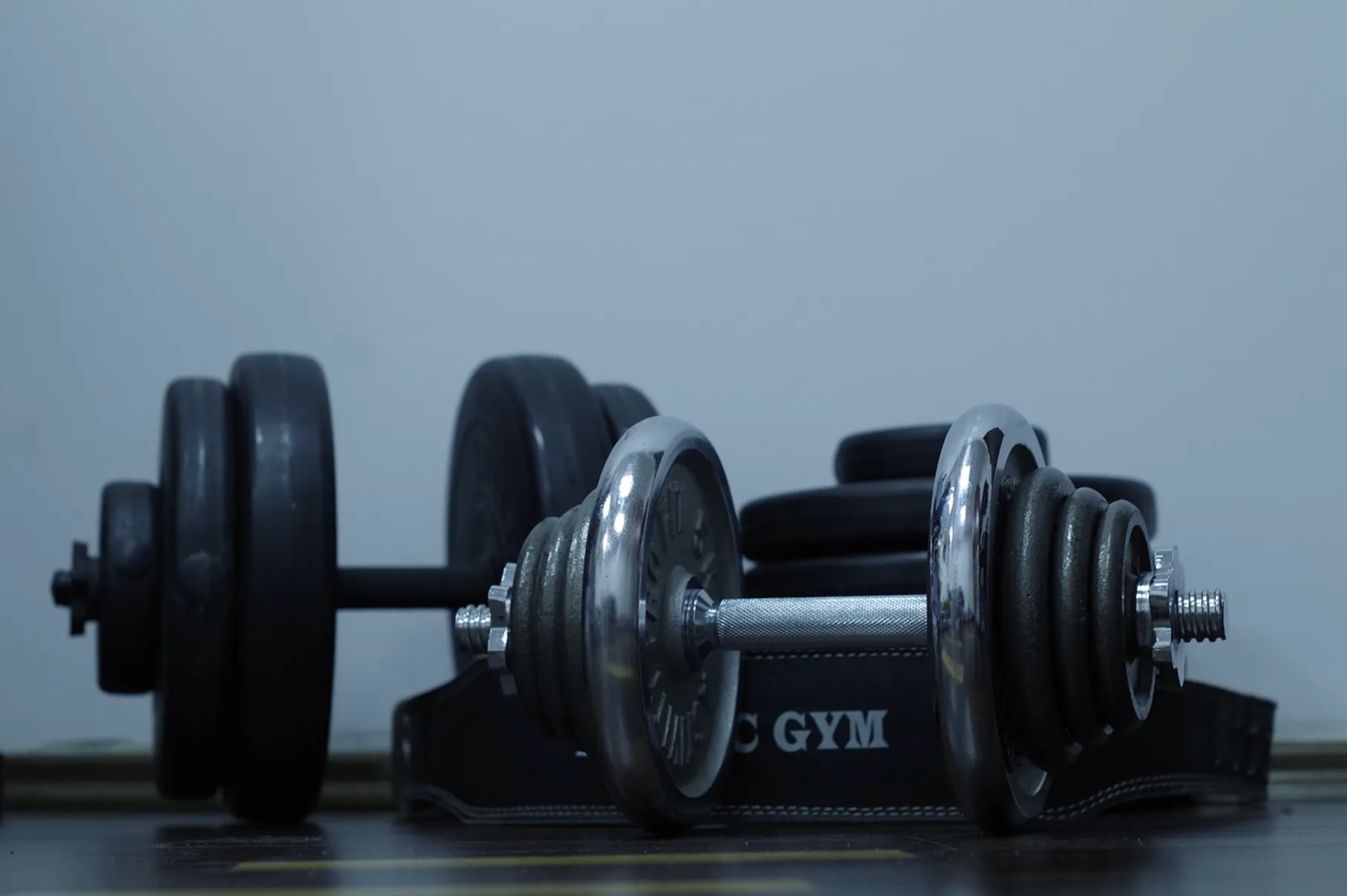
Using a dumbbell is a simple way to make any squat harder. It’s a common and effective method. You get to pick a dumbbell that feels right for you, not too heavy or too light.
Just make sure you’re holding it properly while doing your Cannonball Squats.
Think of it like holding onto the steering wheel while driving – you want a good grip to stay in control and get the best results.
Here’s a neat trick to give your quads an extra workout during Cannonball Squats.
Usually, you keep your feet flat on the ground when you do these squats. But no worries if you want to target your quads more and you don’t have fancy machines or weights!
Try this: slowly lift your heels off the ground as you lower yourself.
Then, when you come back up, flatten your heels again. It’s like a mini challenge for your quads. If this initially feels tough, you can use a squat ramp to help.
Here’s the important part: don’t rush into making squats harder.
If you suddenly make them super intense, you might hurt your knees.
So, take it slow and gradually increase the intensity and the number of squats you do. It’s like leveling up in a video game – you want to do it steadily, not all at once.
4. Jumping
Here’s a cool way to make your Cannonball Squats more challenging: jump them instead of slowly pushing your legs back up! This adds extra intensity and resistance to your exercise.
It’s like turning your regular squats into squat jumps. You know when you jump up from a squat position?
That’s the idea! It makes your squats tougher and adds a little fun to your workout.
So, these are a few tricks to make this squat exercise more intense and give your muscles a good workout.
Just remember to start slowly and work your way up. It’s like climbing a ladder – one step at a time for safe and effective progress.
The Other Variations of Cannonball Squats
The exercise cannonball squat was discussed above in terms of how to harden it. We can also practice other variations of these squats to train the lower body.
Let’s get started.
1. Cannonball Goblet Squats
In regular Cannonball Squats, we usually stand with our feet very close together.
But in Cannonball Goblet Squats, it’s a bit different. You spread your feet wider apart while doing the same moves as in regular squats.
Think of it like changing your stance when you’re playing a game.
In regular squats, your feet are like teammates standing close together, while in Goblet Squats, they spread out like players taking different positions on the field.
It’s a variation that works your muscles in a slightly different way.
2. Cannonball Jump Squats
You add a jump instead of simply pushing yourself up in these squats. It’s like adding a little hop to your squat.
This jump adds extra pressure on your quads and the muscles in your thighs, making the exercise more challenging.
Consider making your squats more exciting, like turning regular steps into bouncy leaps. It gives your quads an extra workout and makes your exercise routine more fun.
3. Pistol Cannonball Squats
This is the trickiest squat I’ve ever encountered.
It’s called the “single-leg cannonball squat,” here’s how it works: you do the squat with one leg while the other is stretched out in front of you.
If you want to mix things up from the regular cannonball squats, you can try a few different types.
These are like different flavors of ice cream, but they’re all squats! So, you can choose any of these squats to add variety to your workout routine.
Cannonball Squat Risks & Preventative Measures
Absolutely, I can’t deny that Cannonball Squats are among the top-notch lower-body workouts when it comes to using your body weight.
But here’s the thing – a few risks come with these squats, and you definitely shouldn’t ignore them.
So, let’s dive into these potential pitfalls and, most importantly, figure out how to steer clear of them.
Alright, let’s get started!
Risks
Let’s talk about these risks, and believe me, they’re real.
First up, there’s the risk of hurting your knees.
I’ve seen many beginners dive into Cannonball Squats with lots of enthusiasm, and that’s great, but here’s the catch – some of them end up injuring their knees and ankles.
It’s often because they rush things, like adding too much weight or doing too many sets, all in the pursuit of quick results.
Then, we’ve got the risk of a back injury.
If you’re not careful with your squat technique, it can put your back at risk. It’s all about how smoothly you perform the movement. If it’s not smooth, there’s a chance you might strain your back.
And last but not least, there’s the risk of damaging your leg muscles.
This is often a result of overdoing it – going hard every day without giving your muscles a chance to rest and recover.
How to Avoid These Risks?
- Begin with a few reps: Don’t rush it; start slowly.
- Control your speed: Keep it steady and smooth; there is no need to rush.
- Limit the number of sets, especially at the start.
- Go easy on the intensity initially; you can always crank it up later.
- Consider wearing knee compression sleeves for added support.
- Skip the extra weights when you’re just starting.
- Keep your movements fluid and avoid sudden jerks.
- After your workout, use a foam roller to ease muscle soreness.
- Don’t skip the warm-up – it’s essential.
- Always make time for a good stretch after your workout.
Following these steps is like putting on protective gear for your workout. They’ll help you stay safe and injury-free while reaping Cannonball Squats’ benefits.
Are Cannonball Squats Safe for Everyone?
If you’ve had knee issues or recently had knee surgery, it’s a good idea to steer clear of Cannonball Squats.
Similarly, if you struggle with balance, these squats might not be your best choice.
So, we’ve covered pretty much everything about Cannonball Squats. Now, let’s tackle some of the questions that often pop up.
Conclusion
So, there you have it – I’ve covered all the ins and outs of Cannonball Squats.
These squats are truly top-notch when it comes to working those glutes, calves, and those inner quad muscles.
I genuinely hope this guide has given you a solid understanding of Cannonball Squats and how they can benefit your leg workout.
If you’ve got any burning questions about Cannonball Squats, don’t hesitate to drop them in the comment section below. I’m here to help and share more insights!
